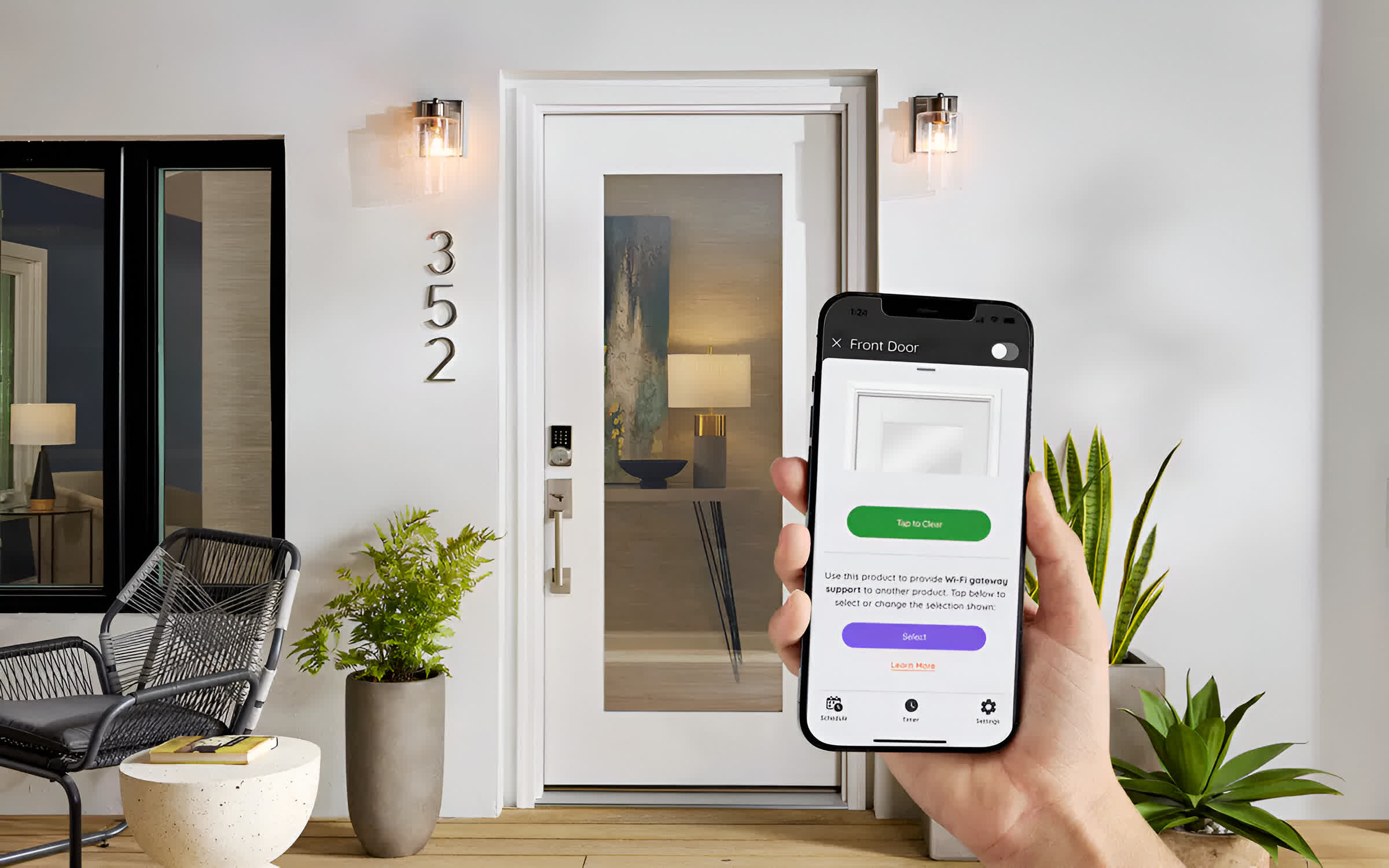[ad_1]

Kaitlyn Cimino / Android Authority
When it comes to my loyalty and finger-based wearables, Oura has, as they say, put a ring on it. The Oura Ring 3 does a lot of things really well while taking up very little space or brain power. With hardly any competition to speak of, it’s enjoying a steady lead in the smart ring arena too. However, that may be about to change as Samsung reportedly prepares to launch a smart ring of its own, and given the company’s successful smartwatch lineups, the Samsung name should ring a bell (pun intended). My hope is that Samsung looks to the Oura Ring for features to emulate and faults to avoid on the potentially incoming Samsung Galaxy Ring.

Kaitlyn Cimino / Android Authority
My favorite part of the Oura Ring is its lack of distractions. I don’t want a bright screen or haptic alerts, as the idea of only my pointer finger randomly buzzing actually unsettles me. Instead, I value that everything happens behind the scenes on the Oura Ring, effectively turning my tracker into a piece of jewelry. I can rely on the Oura app when I do want information and ignore it when I don’t.
I hope Samsung keeps its device equally simple and pairs it with a digestible companion app. Since I am not the biggest fan of the Samsung Health app, I already have my fingers crossed we’ll see an overhaul with the launch of the Samsung Galaxy Watch 6. For example, I was happy to see Samsung team up with Natural Cycles on its latest Galaxy smartwatches. Oura utilizes the same partnership to provide very useful cycle tracking analysis that I consider a major strength of the wearable. I would hope Samsung will continue to prioritize this facet of health tracking on its smart ring as well. If so, it should look to Oura for best practices in presenting the data effectively.
Samsung should emulate the Oura Ring’s distraction-free user experience and excellent companion app.
Samsung should also take a close look at how Oura handles push notifications. I love being reminded to charge before bed or congratulated for reaching a goal. Yet, I never feel inundated with smartphone notifications or bullied by prompts. Oura nails both frequency and effectiveness.
Kaitlyn Cimino / Android Authority
Despite its hands-off approach, Oura still manages to direct users towards better shuteye. This makes sense considering it started as a sleep tracker. The company provides an exceptional sleep-tracking platform, recording everything from sleep stages and heart rate to movement and breathing regularity. Oura then consolidates all of your data into a single score so you can easily access at-a-glance feedback. Personally, I like to review this number first thing so I can justify how exhausted I will look in the mirror once my contacts are in. You can also review your trends and historical data in the Oura app and even track related activities and habits. This helps users analyze how lifestyle choices may be impacting their rest.
Oura also offers some of the best sleep tracking available, a component that would be great to see on the Samsung Galaxy Ring.
All of these overnight features would be exciting to see on the Samsung Galaxy Ring. Samsung has certainly made strides in terms of overnight metrics, adding tons of features in the past two years. However, it still doesn’t boast the level of accuracy or usability Oura offers. I’m hopeful the promised sleep tracking upgrades of One UI 5 on Galaxy watches will elevate Samsung’s offerings and imagine that would carry over to a ring-based wearable from the company as well.

Kaitlyn Cimino / Android Authority
In addition to improving its own tools, Samsung can also learn from some of the shortcomings we noted in our Oura Ring 3 review. To start, I would love to see a thinner build that doesn’t feel like such a statement piece. As impressive as teeny-tiny smart ring tech is, I want it even smaller. Not a single wearable I own garners as many comments as the Oura Ring. Most of them revolve around the misconception that I’m wearing my husband’s wedding band. A smaller ring would also be a better fit at the gym. The Oura Ring digs into my finger bones when I try to wear it weight lifting. It’s even more painful during an attempted (and often failed) pull-up. I had to take it off to play tennis and I imagine pickleball would be the same.
As small as the Oura Ring is as a wearable, it’s still quite big as a ring, and very uncomfortable for certain forms of exercise.
In fact, I would like to see Samsung improve the Oura Ring’s fitness functionality in general. Samsung should perfect automatic workout detection and beef up the Oura Ring’s offering of metrics tracked for athletes. This would help separate the device from Oura’s comfort zone and make it a stronger fitness-tracking band alternative. More post-workout stats and training tools would help the Samsung Galaxy Ring appeal to a similar demographic as Samsung smartwatches. That said, I will be very disappointed if the ring echoes the watch line’s walled-garden approach of keeping key health metrics limited to Samsung phone users. With potential SmartThings compatibility rumored, I really hope the Samsung Smart Ring doesn’t become an ecosystem exclusive. I don’t expect Samsung to play nice with iPhones, but the smart ring needs to be a viable buy for all Android users, not just Samsung loyalists.
Personally, I’m very excited about the prospect of a Samsung Galaxy Ring. More than that, I’m jazzed about this niche corner of the wearables market continuing to grow. After all, I have 10 fingers and only two wrists.
Comments
[ad_2]
Source link




















